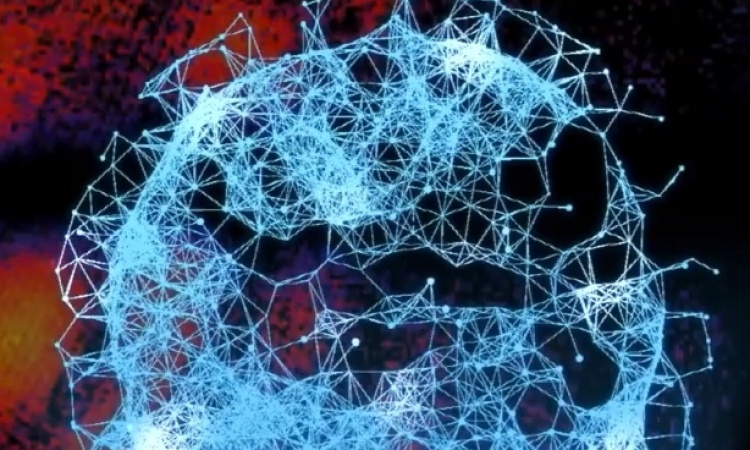Applications of Computational Holographic Imaging
While going through some quotes on the internet , I came across one quote which I would like to share with you all ...
“Life is a hologram. Even the smallest moment contains eternity within it.”
-Banani Ray
This relates the concept of hologram to our life in very philosophical way...like this there are many applications of holograms in industrial sector and our life
As we know that the holography uses the concept of interference, we can have many applications of it in the different sectors .since holography is a two-stage process of photography using light from a laser where,in the first stage a hologram is formed by combining the light scattered from the object and the direct laser beam on a photographic plate and then three- dimensional image is reconstructed by directing the laser beam through the hologram. The total process used in above paragraph can result in many applications such as information storage, image recording in depth, the use of holograms as optical elements, precise interferometric measurements on three-dimensional objects. Now-a-days there are many uses of holography in scientific research, engineering and medical assessment.

Doctor making use of holographic imaging to analyse part of bones(Image source-medgadget.com)

Doctor making use of holographic imaging to analyse part of bones(Image source-medgadget.com)
- To prepare the samples in medical assessment and to view the images of the specimans clearly, X-ray holography is used widely where X-ray holography is a type of coherent diffractive imaging where the phase information is encoded in the diffraction pattern by means of interference with a reference beam and the image of the specimen is obtained by a single Fourier transform of the interference pattern.

Analysis of virus using X-ray holographic Imaging(Image source:healthcare-in-europe.com)
- For non destructive imaging without contact with high resolution inside cavities of internal organs, Endoscopic holography is used. Endoscopic holography combines the concepts from holography and endoscopy.Endoscopic holography has ability to record 3-D large focal depth and high resolution images of tissues.
- Holographic stereogram,conical stereogram and multiplex hologram are used to synthesize the three dimensional images of biological specimans. Multiplex holography uses the scaled images of the objects making the hologram.
- Holograms provide way to store the toothprints in dentistry where tooth prints are the records for forensic purpose.
- Holographic contouring technique is used to study the topography of teeth.
- In semiconductor industry electron holography is used to create images from materials at atomic dimensions and study changes in fields of nanostructured materials, DRAM capacitor design and high temperature superconductors.

Future use of holographic imaging(Image source :iqsdirectory.com)
So we can have more applications like above in future which may help us in field of education,IT industry etc. Really holographic imaging has simplified our life to the great extent.
Thank you!!
-Hrishikesh Adsod
Comments
Post a Comment